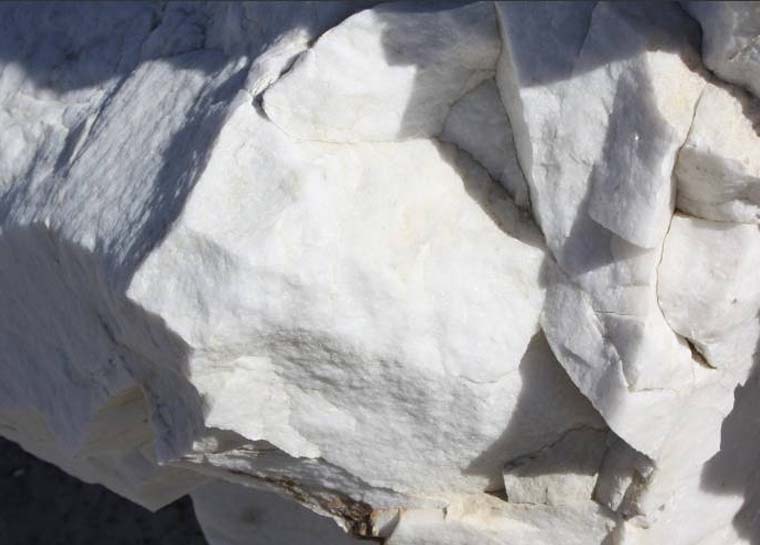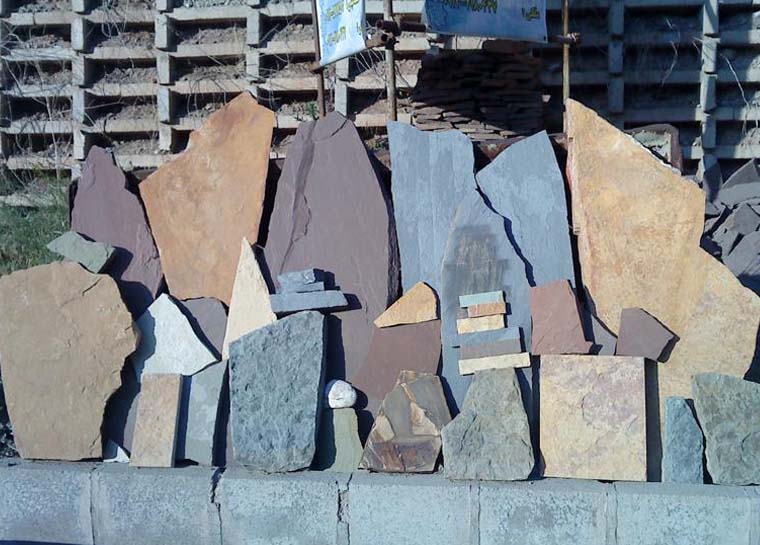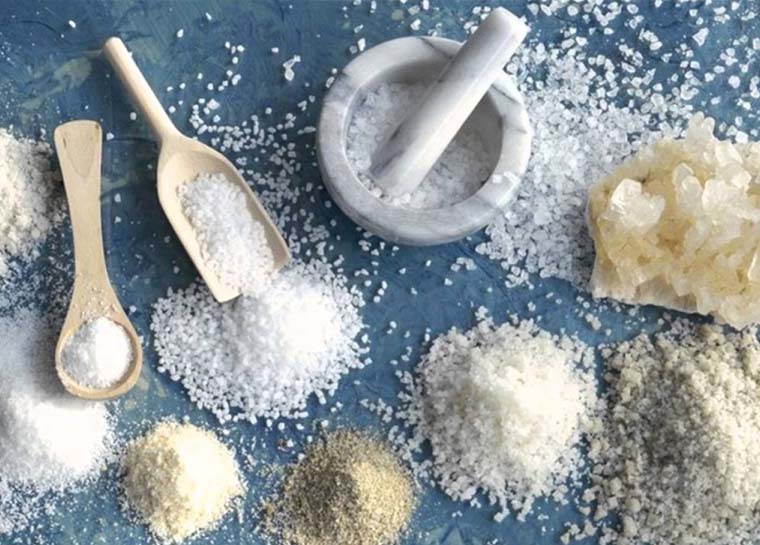It has the chemical formula CaMg (Co3) 2 and crystallizes in a hexagonal system. Its structure is similar to calcite. It is also the name of a sedimentary rock that has more than 50% of calcite and dolomite minerals, so that its dolomite content is higher than calcite. One of the most famous types is saddle dolomite. It boils in hot hydrochloric acid. Its color is fleshy pink, sometimes white, gray, green, brown or black and colorless. This substance is named after the famous German chemist Dolumi.
Detection Properties
It is non-flammable. Large pieces are slowly eaten in dilute hydrochloric acid, but boiled in hot hydrochloric acid. Powdered dolomite dissolves easily in cold hydrochloric acid. The crystalline type of dolomite is recognizable by its curved surfaces and fleshy pink color.
Genesis
Dolomite is found in most parts of the world. Especially in the form of sedimentary layers or in the form of dolomitic marble in metamorphic rocks and by substituting some magnesium instead of calcium in the primary limestones of dolomite is formed secondarily. It is seen in hydrothermal veins, especially in lead and zinc veins that cut limestone.
Application
From its crushed stone for cement components, gravel of roads and railways, etc. as an aid to smelting in melting, refining iron and other metals, as a neutralizer of soil acidity and improving plants in agricultural lands, as a source of lime, to building stone, refractory insulators are used in converters used in the production of alkali steels.







